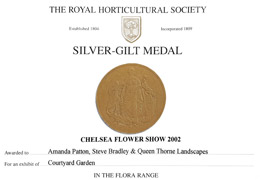I recently re-visited the garden at Cothay Manor in Somerset, as I am leading a tour of West Country gardens in a few weeks time for Martin Randall Travel and wanted to see if there were changes I should be prepared for! The tour is focusing on 20th century gardens, ‘from Jekyll to Pearson’, and will explore the political, social and environmental changes through the century and the impact these have had on the way we design, and enjoy, our gardens.
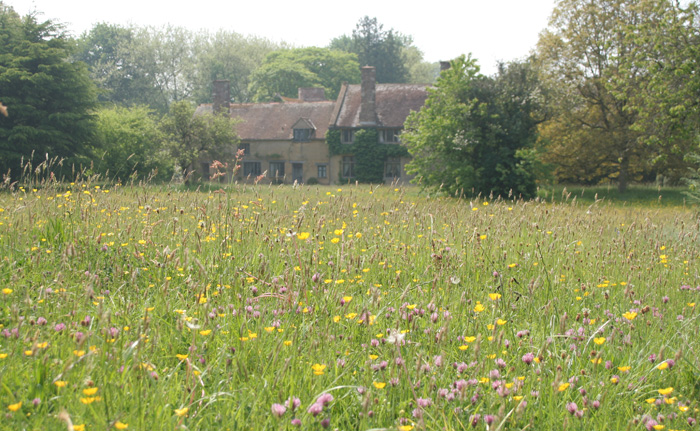
Cothay hadn’t changed at all; it is one of those lovely, timeless gardens – though of course it isn’t timeless, it is rooted firmly in the 1920s. It was designed by Reggie Cooper, who should hold a higher place in our awareness of garden history, as he was friends with both Lawrence Johnston (who created Hidcote a few years before Reggie created Cothay) and Harold Nicholson. Nicholson of course created Sissinghurst with Vita Sackville West, but they were directly influenced – and helped – in its design by Reggie who had already created Cothay – so while often described as the ‘Sissinghurst of the West’, Cothay actually came first! These three men were firm friends and clearly traded ideas and you can see many similarities between all three – for instance, I bet if I hadn’t told you this was Cothay you’d have thought it was Hidcote!
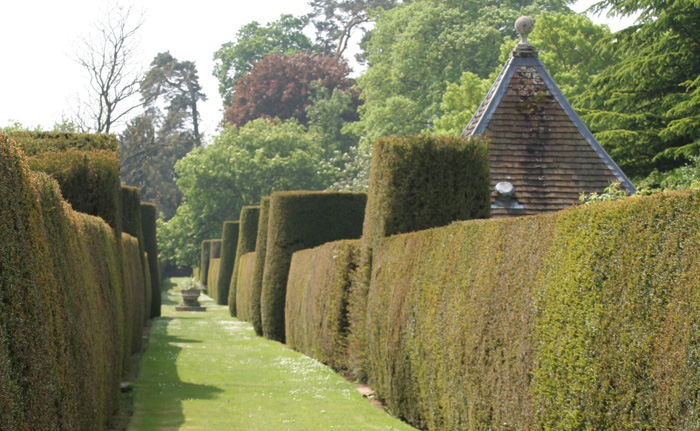
Cothay is full of fine detail, including this beautiful retaining wall (below) created from random stone set on the diagonal. The ferns and valerian growing through the gaps in the wall add that lovely air of slightly overblown decadence, so redolent of the period – or at least of our perceptions of the period – seeing it, as we do, with the hindsight of knowing what a short, privileged time this was.
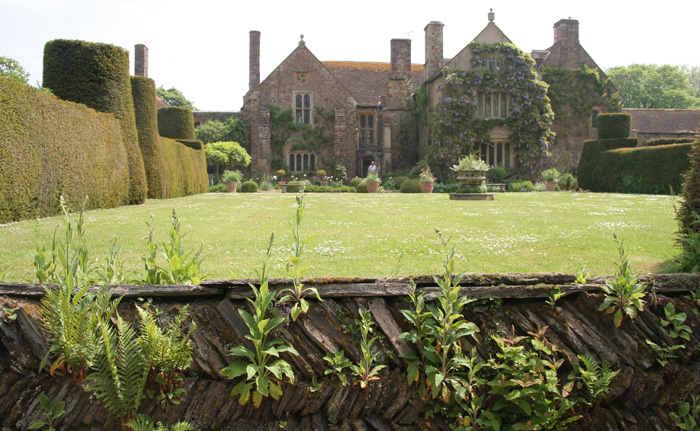
My favourite part of the garden is the Walk of the Unicorn (below) – a simple, restful space with an avenue of Robinia pseudoacacia ‘Umbraculifera’ – not the bright yellow leafed one seen rather too often in suburban gardens, but a rather more elegant variety, more often seen in French squares than in England. These trees have been underplanted with massed tulips followed by Nepeta, and have a simple centrepiece of a rather splendid unicorn (it couldn’t have been anything else, given the name of this garden, could it!). If ever one needs reminding not to overfill or over complicate a garden it would be wise to wander here for a while!
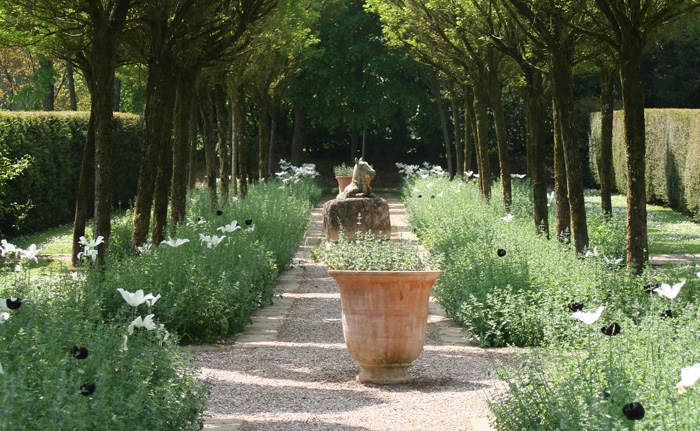
As well as the formal gardens, the natural garden that borders the River Tone is full, as one might imagine, of frothy cow parsley, the droning of insects and a general air of abundance. I particularly like this simple wooden bench (below)
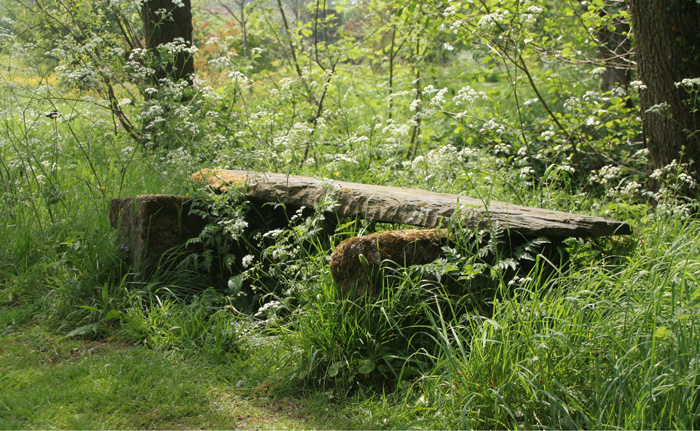
When I was there, some gorgeous oriental poppies were in flower – just have a look at these! They don’t last long but are so spectacular! If you want to grow them in your own gardens, it’s worth planting something that will flop over the poppy foliage which gets a bit scruffy after flowering and needs cutting back – Crambe cordifolia would be a good choice for this, with its mass of white flowers, a little like gypsophila.
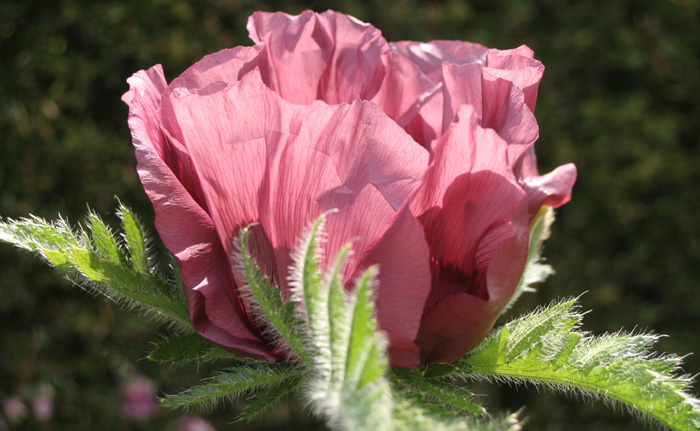
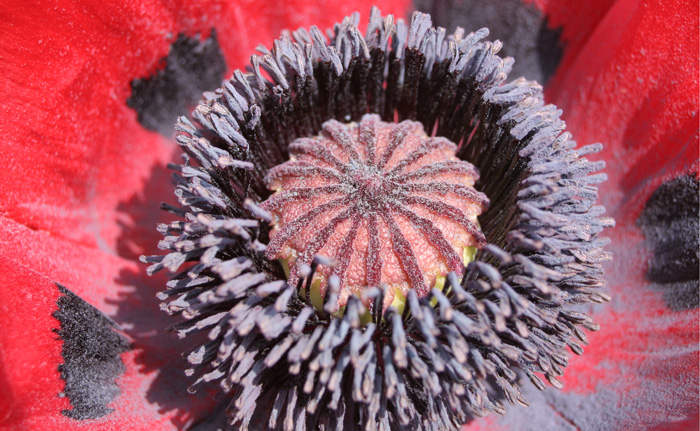
They won’t still be in flower when I come again in July, but I know there will be other beauties waiting for me!




